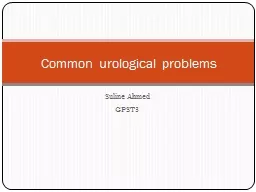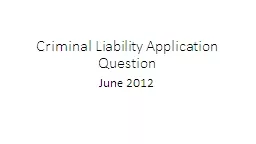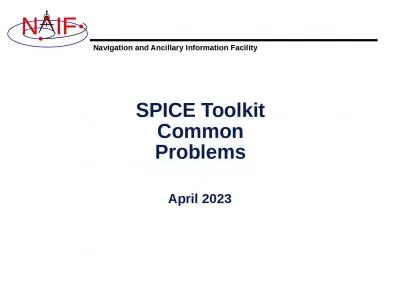PPT-Suline Ahmed GPST3 Common urological problems
Author : finestlaxr | Published Date : 2020-06-23
BPH Common in men over the age of 45 It affects the quality of life in 40 of men over the age 50 and 90 over the age of 90 AfroAmerican men are more affected more
Presentation Embed Code
Download Presentation
Download Presentation The PPT/PDF document "Suline Ahmed GPST3 Common urological pr..." is the property of its rightful owner. Permission is granted to download and print the materials on this website for personal, non-commercial use only, and to display it on your personal computer provided you do not modify the materials and that you retain all copyright notices contained in the materials. By downloading content from our website, you accept the terms of this agreement.
Suline Ahmed GPST3 Common urological problems: Transcript
Download Rules Of Document
"Suline Ahmed GPST3 Common urological problems"The content belongs to its owner. You may download and print it for personal use, without modification, and keep all copyright notices. By downloading, you agree to these terms.
Related Documents














